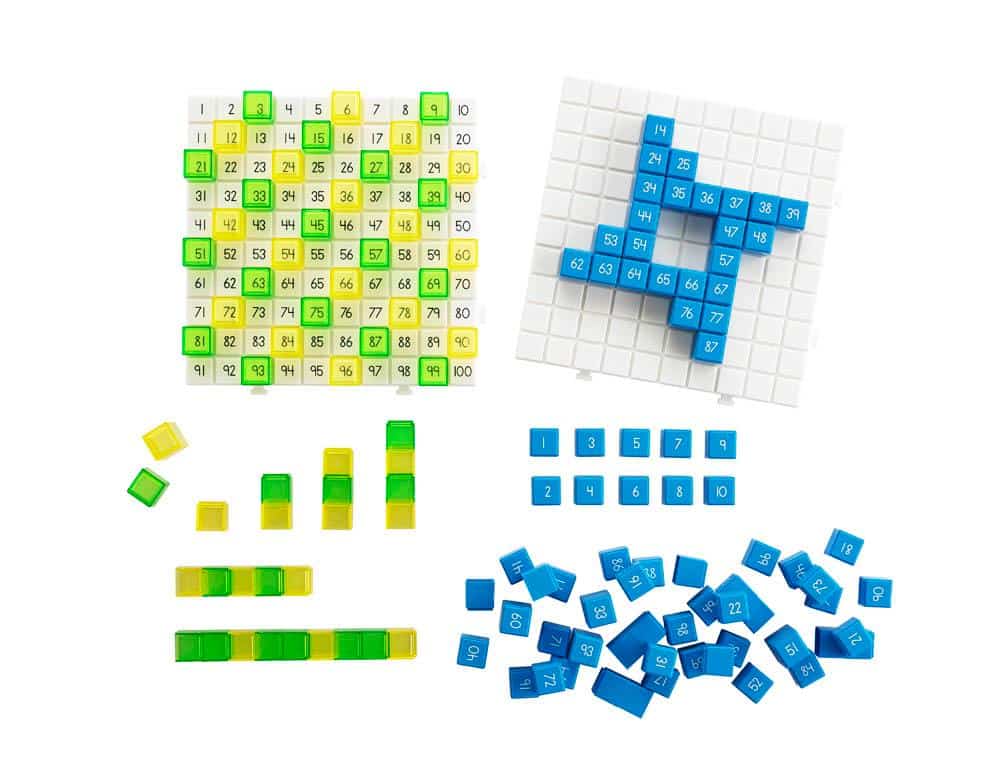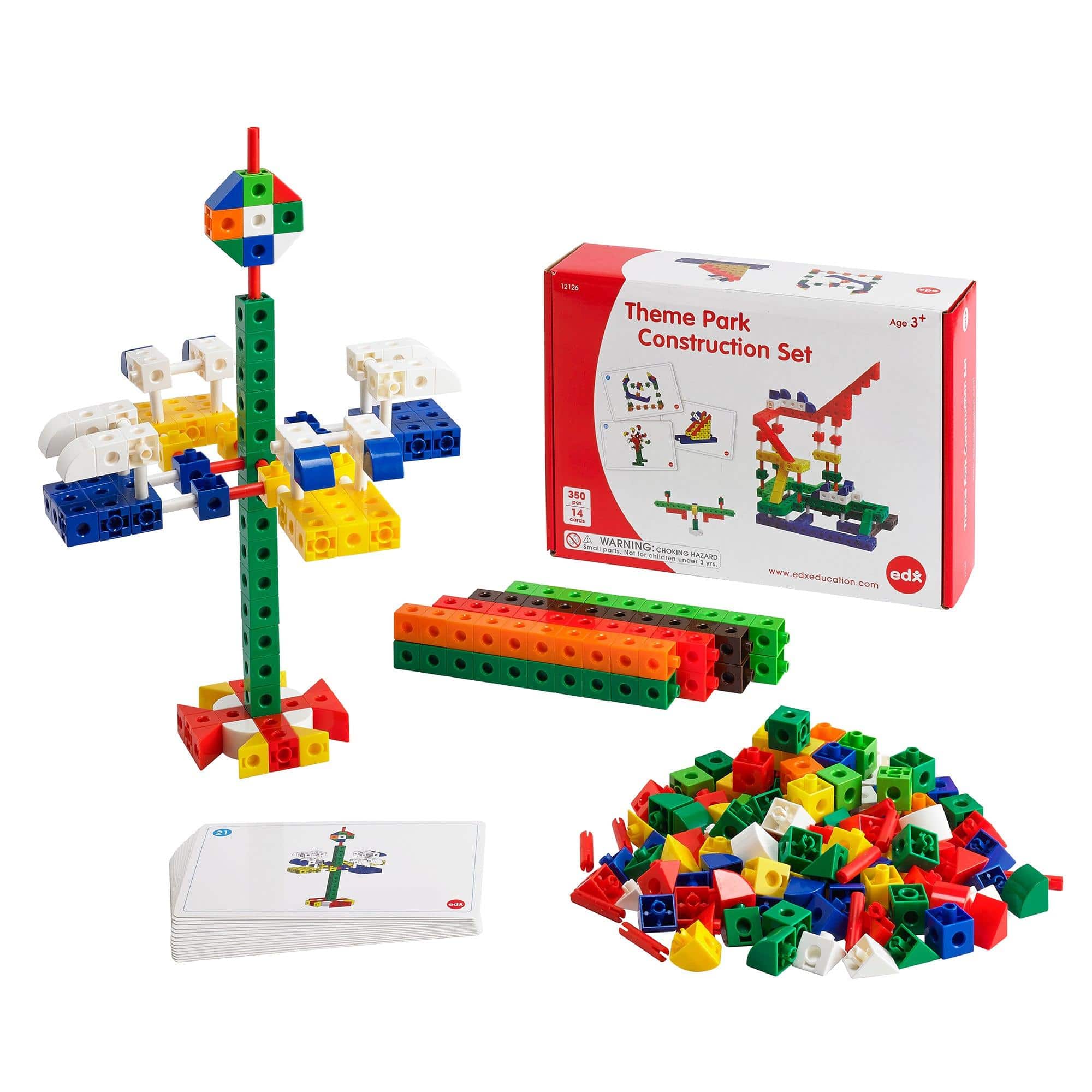The Psychology behind Toy Hoarding and the Fear of Missing Out
Have you ever wondered why some people have a tendency to hoard toys? Why do they find it so difficult to let go of their collections even when they have no practical use for them? The psychology behind toy hoarding and the fear of missing out (FOMO) offers valuable insights into this intriguing behavior. In this article, we’ll dive deep into the reasons behind toy hoarding and explore the impact of FOMO.
Features of Toy Hoarding:
- Compulsive need to collect: Toy hoarders often have an irresistible desire to accumulate toys, driven by a deep emotional attachment to these objects.
- Difficulty letting go: Hoarders face immense difficulty in parting with their toys, even if they are damaged or no longer serve a purpose.
- Overwhelmed living spaces: Extensive toy collections can quickly overwhelm living spaces, making it challenging to navigate or maintain a clutter-free environment.
- Emotional significance: Each toy holds emotional significance for the hoarder, often representing memories, nostalgia, or a sense of security.
- Organizational challenges: Hoarders struggle with organizing their vast toy collections, leading to chaos and further reinforcement of their hoarding behavior.
- Embarrassment and secrecy: Due to societal stigma, many toy hoarders feel embarrassed or ashamed of their behavior, leading them to keep their collections hidden.
The Psychology behind Toy Hoarding:
Toy hoarding can be attributed to various psychological factors:
1. Attachment and Sentimentality:
Collecting toys may serve as a way for individuals to maintain a connection with their childhood or past experiences. The sentimental value attached to toys makes it challenging to let go.
2. Emotional Security:
For some hoarders, toys act as a source of emotional security. The presence of familiar toys can provide comfort and a sense of stability, especially during periods of stress or anxiety.
3. Fear of Missing Out (FOMO):
FOMO plays a significant role in toy hoarding. The fear of missing out on a valuable or rare toy drives collectors to acquire and hold onto items, even if they have no personal interest in them.
4. Perceived Value:
Hoarders often assign high value to their toy collections, both monetary and sentimental. They believe that by keeping these items, they are preserving an investment or preserving their personal history.
5. Compulsive Behavior:
Toy hoarding can stem from compulsive behavior patterns, where individuals feel a strong urge to accumulate and retain objects. This behavior becomes a source of temporary relief from anxiety or distress.
The Impact of FOMO on Toy Hoarding:
The fear of missing out (FOMO) further exacerbates toy hoarding tendencies. Here’s how FOMO influences the behavior:
- Peer Pressure: Onset of FOMO is often triggered by witnessing others in a social circle obtaining or displaying rare toys, creating a sense of pressure to maintain a similar status.
- Exclusive Releases: Toy manufacturers capitalize on FOMO by creating limited edition releases, instilling a sense of urgency to own these items before they become unavailable.
- Collectibility Factor: FOMO drives individuals to collect toys for fear of missing out on a potentially valuable or sought-after item in the future.
- Online Influences: Social media platforms and online communities play a significant role in amplifying FOMO. Seeing others showcasing their impressive toy collections generates a strong desire to acquire more toys.
Conclusion:
Toy hoarding and the fear of missing out are complex psychological phenomena intertwined with emotional attachment, sentimental value, and societal influences. While understanding the psychology behind toy hoarding can shed light on the behavior, it is important to approach the issue with empathy and provide support rather than judgment. By recognizing and addressing the underlying motivations, individuals can work towards healthier relationships with their toy collections and create a more balanced living environment.


